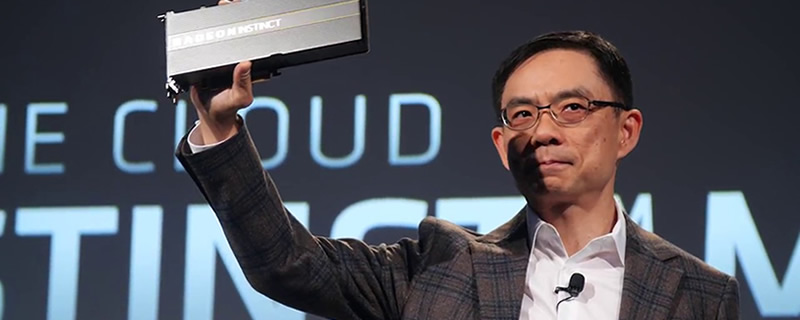“AMD will definitely respond to DirectX Raytracing” – David Wang
“AMD will definitely respond to DirectX Raytracing” – David Wang
One thing is clear with this interview, with David Wang stating that, in his personal opinion, “AMD will definitely respond to DirectX Raytracing”, though for now, the company plans to focus on Radeon ProRender, which is a free tool that is designed to accelerate the production of CG renders.Â
This is where things get a little tricky, as machine translations of foreign language websites are notoriously unreliable. Some translators read as if AMD has no plans to back Ray Tracing until they can apply it to their whole product stack (from low to high-end), while others say that ray tracing itself will not be utilised widely in games until hardware support is available on both low-end and high-end products.Â
 Â
To get to the bottom of this issue, I contacted @KOMANCHI_ENSAKA on Twitter, a native Japanese speaker who frequently posts Radeon-related information leaks and other tech-related content, and asked if we could get an accurate translation of the quotes related to DirectX Raytracing. Thankfully, Komachi obliged and delivered us an accurate English translation of the text, which reads as follows.Â
   Mr. Wang said that “AMD will definitely respond to DXR,” after preposing that “This is a personal view”, but “For the time being, AMD is providing it free of charge” We will focus on improving the offline CG production environment centered on Radeon ProRender “.
“The spread of Ray-Tracing’s game will not go unless the GPU will be able to use Ray-Tracing in all ranges from low end to high end,” he said.
As you can see, this translation is a far cry from what some machine translations have generated, so much so that at least one website is claiming that AMD won’t implement DirectX Raytracing DXR “until its offered in all product ranges“, which is not what David Wang is trying to say here. Beyond that, what David Wang expressed was an opinion, not a statement that should be considered as being from AMD as a company. Â
Regardless, the supposition that AMD will not offer support for DXR until they can support it across their entire product stack is false, as it has no relevance to David Wang’s actual statements to 4Gamers. All David Wang said what that he thought that DXR wouldn’t become mainstream until the feature is available on products that range from low-end to high-end, which has nothing to do with AMD’s hardware roadmap.Â
The moral of the story here is that you shouldn’t trust machine language translations, especially when it involves technical matters, as small changes can easily result in the spread of incorrect information.Â
As far as DXR goes, we agree with David Wang, as developers have little reason to support hardware features like RTX unless it is supported across a wide range of products. Right now, developers cannot jump head-first into Ray Tracing without also offering a backup that relies on existing graphical techniques, making Ray Tracing a considerable drain on developer resources that provides minimal benefit, as all current-gen consoles and most gaming PCs currently lack hardware support for the feature. Â
At this time it is unknown when AMD plans to add Ray Tracing acceleration to their gaming-grade graphics cards.Â
Special Thanks to @KOMANCHI_ENSAKA for providing us with an accurate translation of David Wang’s quotes.Â
You can join the discussion on David Wang’s thoughts on DirectX Ray Tracing on the OC3D Forums.Â




